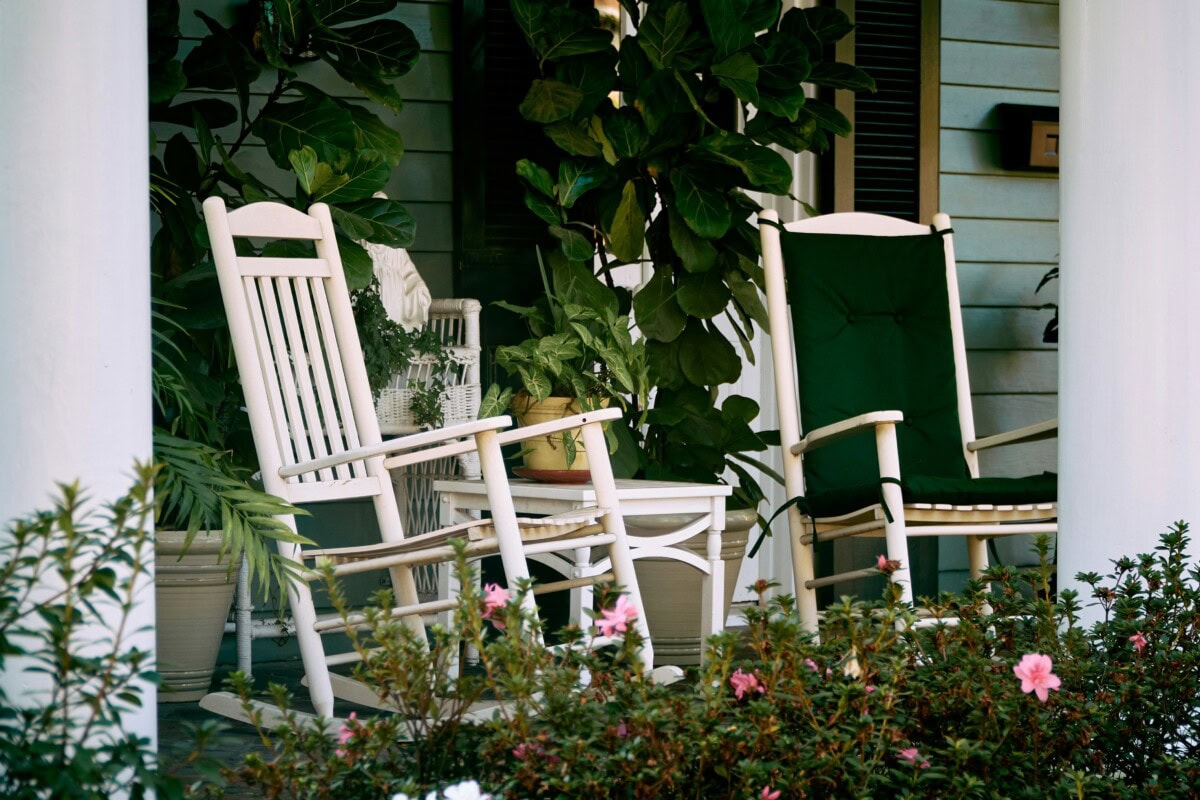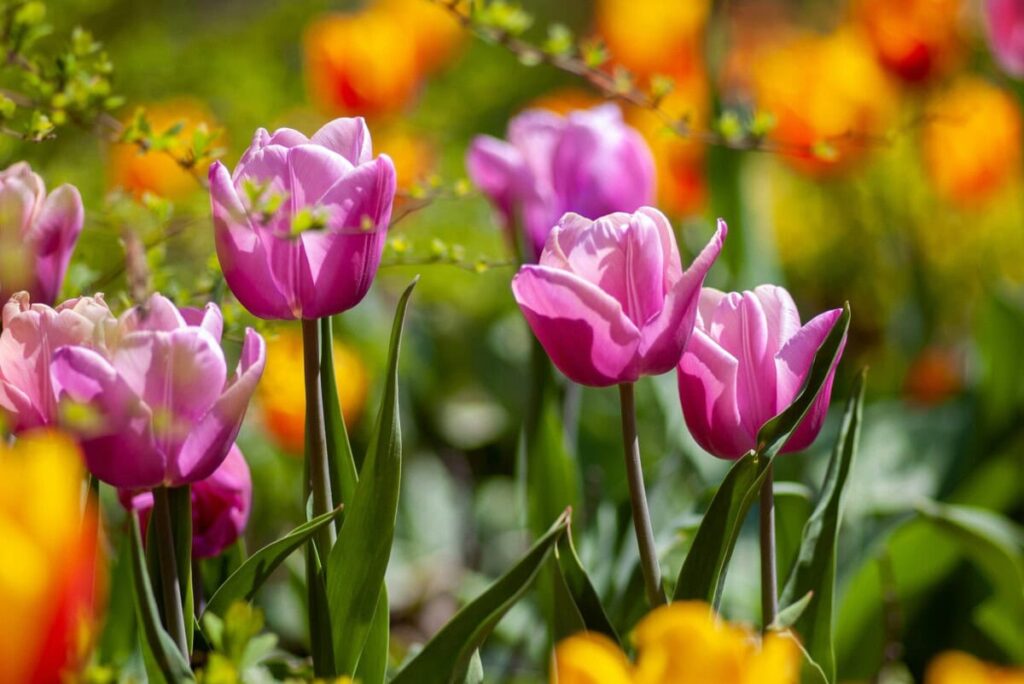With winter fading away and spring spreading its warmth across the country, it’s time to refresh your outdoor space with some new garden ideas. Spring is like a blank canvas, ready for you to paint with bright colors, textures, and new growth.
Whether you want to create a peaceful retreat at your home in Paramount, CA, a thriving patio garden at your apartment in Binghamton, NY, or prep your florals at your rental house in Prescott Valley, AZ, spring is the perfect time to let your garden flourish. In this article, we’ll explore fresh and inspiring garden ideas to help you make the most of the season’s beauty and promise. Let’s get started.
1. Start with creating a basic layout
Before you get your hands dirty, it’s important to have a solid plan in place for your garden. “Sketch out a plan of your property or print out a Google Earth view to brainstorm where each item might go,” suggests Amy Dutton at GardenUP Landscape in Spokane, WA.
Having a visual guide of your home garden is like creating a blueprint for your dream space. It allows you to experiment with ideas and layouts before making anything official.
“Try different layouts, imagine yourself using the space, and show it off to family and friends for feedback,” adds Dutton. Once you’ve finalized your plan, you’re ready to start planting.
2. Check the temperature before planting
Spring is the time to start planting, but make sure to check the weather forecast first. “Before planting tender plants, ensure that the temperatures won’t drop below 40 degrees F,” advises Brian Wilson, owner of Wilson Bros Landscape in Atlanta, GA.
Avoid planting too early to prevent damage from unexpected cold weather. Plan according to the forecast for a successful planting season.
3. Listen to the daffodils
Daffodils are nature’s signal for when to start planting. These cheerful blooms indicate that the soil is ready for your tender plants.
“Spring can be unpredictable, so watch the daffodils to know when it’s safe to plant,” suggests Harriet White, owner of Southern Landscape Atlanta.
4. Prioritize healthy soil
Healthy soil is essential for a thriving garden. Mulch, compost, and consistency are key to providing your plants with the nutrients they need to grow.
“A layer of mulch can protect your soil and provide organic material for your plants,” advises Mckenzee Del Vecchio at Arbor Farms Nursery in Meridian, ID. Adding compost can also improve soil quality and help your plants access water and nutrients.
Focus on consistency
Consistent care of your soil is crucial for a successful garden. “Focus on the soil first by adding compost, mulching regularly, and minimizing soil disturbance,” recommends Michael Kilpatrick, founder of Farm on Central in Carlisle, OH.
Taking care of your soil will result in healthier and more productive plants, whether you have a backyard plot or containers.
5. Consider utilizing native plants
Support local ecosystems by planting native species that require less maintenance and water. These plants provide food and shelter for wildlife while adding beauty to your garden.
“Native plants are adapted to thrive in their environment and support local wildlife,” says Trecia Neal, co-founder of Wild Roots Native Nursery. Consider planting regional favorites like Coneflower, Black-eyed Susan, and Blazing Star for a low-maintenance garden.
Native plant suggestions
For specific areas like Boise, ID, native plant suggestions include syringa and bitterroot, which thrive in the local climate. Planting native species benefits both your garden and the local wildlife.
6. Clean out leftover winter debris
Clear out winter debris and trim your plants to give them a fresh start. Removing dead leaves and branches allows your plants to thrive and promotes new growth.

7. Create focal points
Elevate your garden by creating focal points and interesting features. Use specimen topiaries, Japanese maples, and container gardens to add texture and color to your outdoor space.
By incorporating these elements, you’ll create a visually appealing garden that reflects your personality and style.
8. Get some help from AI
If you need guidance or inspiration, consider using AI tools like ServeScape’s Plant Nerd AI. This tool can provide plant knowledge, gardening tips, and answers to your garden questions.
Utilize AI to enhance your gardening experience and learn more about the plants in your landscape.
9. Finish off with creating a spot to enjoy your garden
After all your hard work, create a cozy spot in your garden to relax and enjoy the beauty around you. Add a bench, cushions, or garden lights to make your outdoor space a peaceful oasis.

Preparing your home with garden ideas for spring
As you implement these garden ideas for spring, remember to express your creativity and make your garden your own. Let the warmth of the season inspire you as you watch your garden bloom with life and energy.

